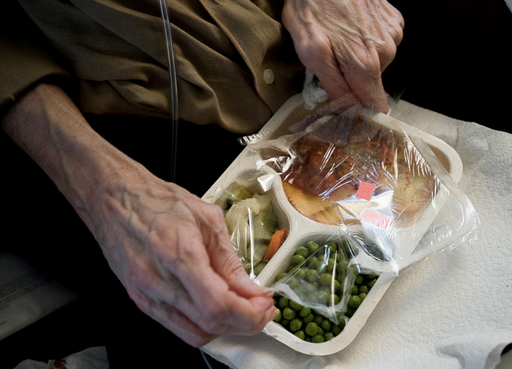Meals on Wheels has been delivering food to older people in the United States since the 1950s. Last year it served 2.4 million people. This week, after President Trump released his budget proposal, a furor erupted over the program’s future and effectiveness. Let’s look at the evidence.
In 2014, researchers explored the evidence on whether home-delivered meal programs improved the diet and nutrition of older Americans. They found eight studies, two of which were randomized controlled trials. Six of the eight showed that programs like Meals on Wheels improve the quality of people’s diet, increase their nutrient intake, and reduce their food insecurity and nutritional risk. They also noted that the programs increased chances for human contact and improved quality of life.
Researchers conducted economic analyses in 2013 and showed that if all states had increased the number of older Americans who had received Meals on Wheels by just 1 percent, the states would have saved Medicaid more than $109 million. Most of those savings would have come from reductions in the need for nursing home care.




